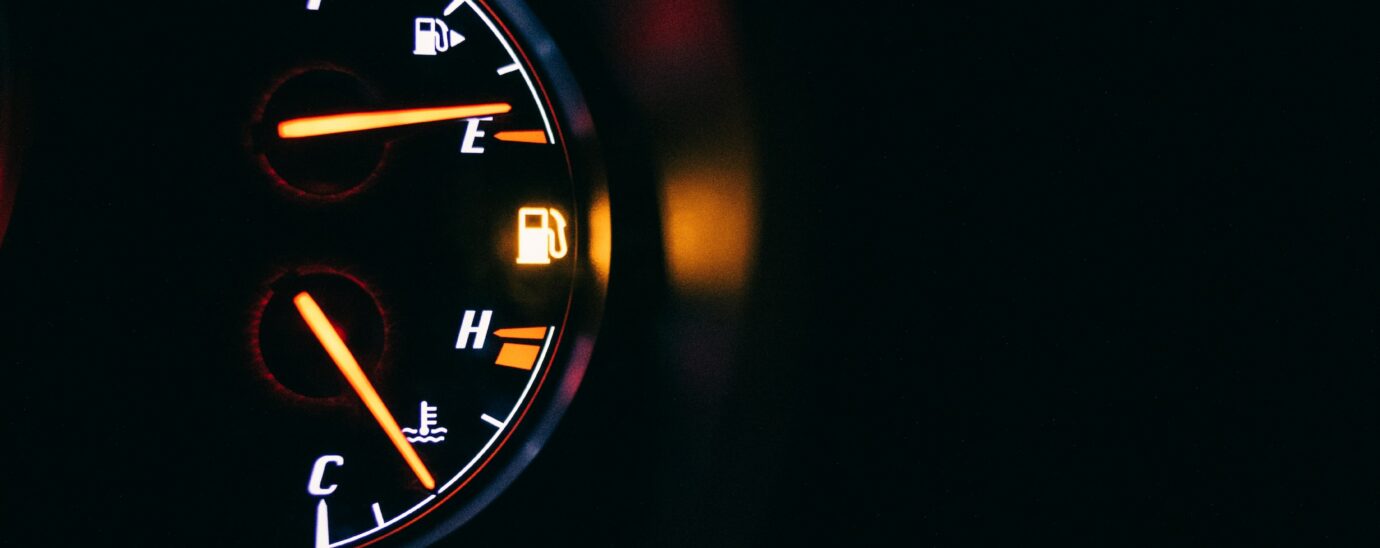A service-based circular economy is the key to a more sustainable business practice.

A variety of resources go into the global economy each year. The sheer volume of these resources includes everything from metals, minerals, and fossil fuels to organic materials from plants and animals – amounting to more than 100 billion tons of materials. As we have continued to revolutionize and transform our everyday practices, the uses of these resources have tripled since 1970, and could increase by a further 70% by 2050 if companies continue to recklessly use materials at this rate.
Adding to the problem, less than 9% of all such resources are recycled and used again, contributing to the global waste issues. This unsustainable rate of consumption has devastating effects on humans, wildlife, and the planet. Rising global waste is quickly becoming unmanageable, with experts believing that we would need 1.7 Earths to make our consumption sustainable at its current rate. Global garbage patches are becoming uncontrollable with many animals and plants suffering as a direct result, so companies must begin to re-evaluate their sustainable practices. Businesses need to do more to help alleviate the pressure on the environment, and the first place to start is the linear supply chain and the ‘use it once’ attitude.
Shifting away from a single use mindset
It is more urgent than ever to shift from a “use it once then discard” mentality, to a circular economy – where waste and pollution are limited at design stages, products and materials are kept in use longer, and natural systems can regenerate.
There is not a limitless supply of materials and because of this, many businesses have begun to turn to the circular economy model to change our discard mentality. Every year, more businesses embrace this platform and transition to a circular economy system of production to become more sustainable – and reduce long-term operating costs.
In a report entitled “Waste to Wealth”, Accenture estimated that moving to a circular economic model could add $4.5 trillion in economic output by 2030. This is between 4-5% of the projected global gross domestic product (GDP).
Linear to circular: revolutionizing the supply chain model
Past supply chains were built in a linear fashion, with manufacturing facilities turning raw materials in finished goods that are often disposed of after use.
Today’s supply chains are becoming circular by adding a link to create a closed-loop system. This link encompasses returns and recycling, taking waste materials and returned goods and turning them into products which can be resold.
Reclaiming components and materials from end-of-life products to make new products is not the same as procuring virgin materials and new components for manufacturing operations. Supply is subject to the availability of materials from waste streams, which can vary.
Establishing efficient return channels for used products is a significant challenge, especially in consumer markets. Some companies are exploring the use of e-commerce returns services as convenient channels for collecting end-of-life products.
Is the pdocust-as-a-service circular model the key to a sustainable supply chain?
A circular economy also requires enterprises to rethink their business model to not only build value into producing and commissioning products, but also in decommissioning and recycling the products.
To participate in a circular economy, businesses must evaluate alternative revenue streams besides producing new products, including revenue generated from the embedded value in products. A circular business model is sustainable only if value can be economically recovered from the product. The embedded value of a product can be realized by reusing or recycling the materials.
As a result of the new Product-as-a-service (PaaS) model, businesses are investing in processes to extend product life, make them easier to recycle and offer consumers incentives to return used products. Offering a product as a service is a shift away from the “buy and waste” approach.
Creating a new future-focused sustainable economy
While PaaS models are driving innovation, the costs of returns and recycling can also be high. Collaborative initiatives and innovative approaches are required to reduce these costs and incentivize end-of-life returns of electronics, which have already become the world’s fastest-growing waste stream. For example, each year, more than 1.5 billion mobile phones are manufactured worldwide yet just 12% of these phones are recycled globally.
Innovative and automated systems that combine hardware and software can speed up the rate of device grading, the process of grading devices so they can be resold, reused or recycles if they are a lower grade. In addition to speeding up the rate of device grading, these systems can also improve cost-effectiveness and accuracy. These systems can perform highly accurate and fast cosmetic grading on returned and refurbished devices, to help prolong device lifetimes and improve the global waste issue.
Forward-looking businesses have recognized the value of a circular economy and sustainable supply chain, so it is time for all companies to adopt this approach. With more businesses slowly moving towards increasingly sustainable processes and products within their business
operations, this can help transform the current linear supply chain model and prepare industries for a sustainable future. But we cannot do this alone.
Companies must work together with industry leaders and supply chain professionals to work towards adopting a circular economy throughout the globe, and help tackle the rising global waste issue. Companies can help to make a world of difference and these new models, coupled with new logistics technologies, can help us do it together
